Your Team Craves Psychological Safety: How to Build It and Why It Matters
In a fast-paced world where businesses chase revenue, KPIs, and quarterly wins, there’s a quieter need often left unmet—psychological safety. You won’t find it on most performance dashboards, but it underpins everything that truly drives team success: Innovation, engagement, retention, and trust.
The term “psychological safety” may sound like a buzzword, but it’s grounded in science—and it’s vital to the health of your Coaching culture and team performance. Let’s explore what psychological safety actually is, why your team is craving it (even if they’re not saying so), and how you can create an environment where it thrives.
What Is Psychological Safety?
Coined by Harvard researcher Amy Edmondson, psychological safety refers to a shared belief that it’s safe to take interpersonal risks in a group setting.
That means team members feel they can speak up, admit mistakes, ask for help, share ideas, and challenge the status quo—without fear of embarrassment, punishment, or rejection.
Think of it like this: psychological safety is the invisible net underneath every high-wire act your team attempts. Without it, people play small, hold back, and default to self-protection instead of contribution.
At the brain level, psychological safety is a threat vs. reward equation.
When people feel psychologically unsafe, their amygdala (the brain’s threat detector) gets activated. The result? Fight, flight, freeze—or silence. The prefrontal cortex, which handles creativity, decision-making, and collaboration, essentially goes offline. When we feel safe, our brain produces oxytocin and dopamine, which facilitate trust, curiosity, and connection. This neurochemical cocktail empowers individuals to contribute, connect, and grow.
So, if your team is quiet, disengaged, or overly cautious, it may not be a performance issue, it might be a safety issue.
You don’t need to run a formal survey to spot the absence of safety. Here are a few red flags:
If any of these sound familiar, it’s time to get intentional about building safety into your culture.
Psychological safety isn’t a one-and-done team workshop. It’s a relational atmosphere, and it starts at the top—with leaders, coaches, and team influencers modeling the right behaviors.
Here’s how to cultivate it:
Leadership isn’t about being perfect—it’s about being real. Admit when you’re unsure. Share a time you failed and what you learned. The more you model transparency, the more others feel permission to do the same.
Pro Tip: Start your 1:1s by asking, “Is there anything I could be doing differently to support you better right now?”
When team members ask questions or challenge assumptions, thank them. Curiosity fuels innovation—and rewarding it reinforces that ideas are welcome here, even if they disrupt the norm.
Feedback should be a conversation, not a critique. Practice two-way feedback and frame it as Growth-oriented, not judgmental. And most importantly, act on it—people feel safe when they see their voices create change.
Make Space for Emotion
Humans bring their whole selves to work, and that includes their emotional lives. When someone’s frustrated, overwhelmed, or anxious—don’t rush to fix it. Listen. Acknowledge. That alone sends a powerful signal: “You’re safe here.”
Set the Tone in Every Meeting
Psychological safety doesn’t just live in your coaching philosophy—it lives in how you start meetings, facilitate dialogue, and handle disagreement.
Why It Matters More Than Ever
In hybrid and remote work environments, disconnection can become the default. Without hallway conversations and organic check-ins, it’s easy for individuals to feel isolated and unsure of their value. That’s why psychological safety is no longer a “nice to have.” It’s a non-negotiable. Teams that feel safe take more initiative, recover faster from setbacks, and bring their full creativity to the table.
And from a retention standpoint? People don’t leave companies as often as they leave environments where they don’t feel seen or safe.The irony of psychological safety is that it doesn’t make teams soft. It makes them stronger. The safest teams are the boldest—because they know they’re allowed to experiment, fail, and grow.
If you want your team to take more ownership, be more innovative, and coach one another toward higher performance, don’t start with strategy. Start with safety. When people know they can be fully human at work, they’ll give you the best of their brains and their hearts.
The post Your Team Craves Psychological Safety: How to Build It and Why It Matters appeared first on Braintrust Growth.
I come from a large Italian family. I’m number seven in the line of ten kids!
When my dad passed away some years ago, I was fortunate enough to be there as the end was coming. I was standing just to the right of his hospital bed; he was lying there with his eyes closed. All of a sudden, Dad opens his eyes. He looks up at the ceiling with a look of peace – and maybe accomplishment – on his face. Then he closes his eyes for the last time. I guess out of instinct, I reached down and kissed him on that prickly cheek one last time. My dad left a legacy in that life well lived! A legacy based on three main principles: Family, Service, and Dedication. I do what I do to carry on that legacy to the best of my ability.





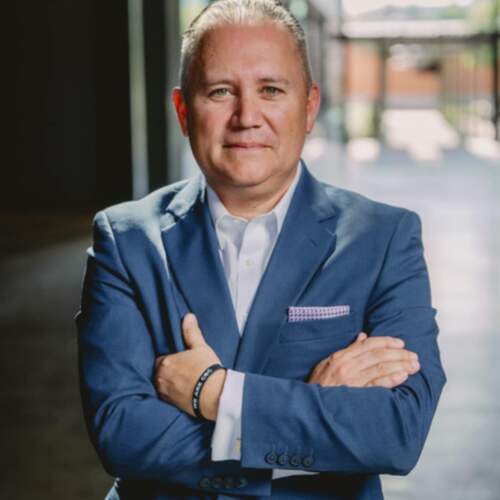

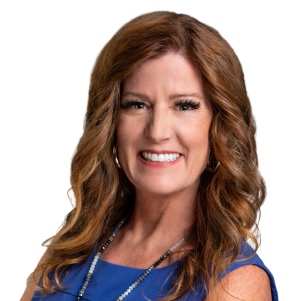
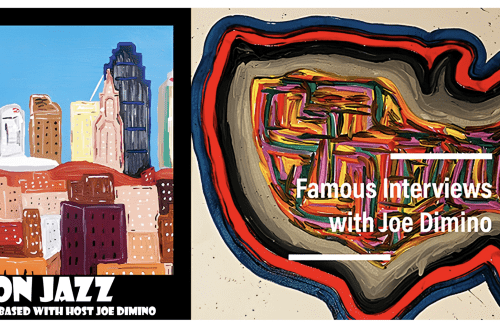






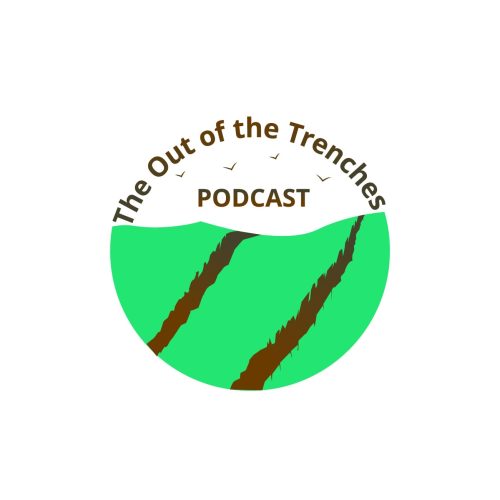

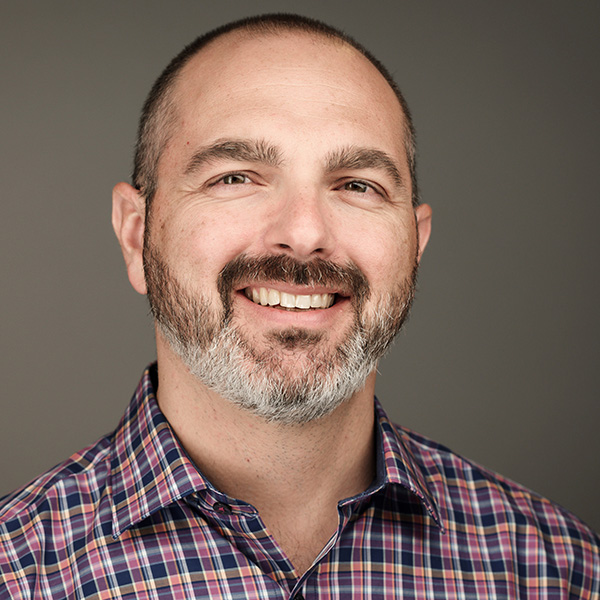

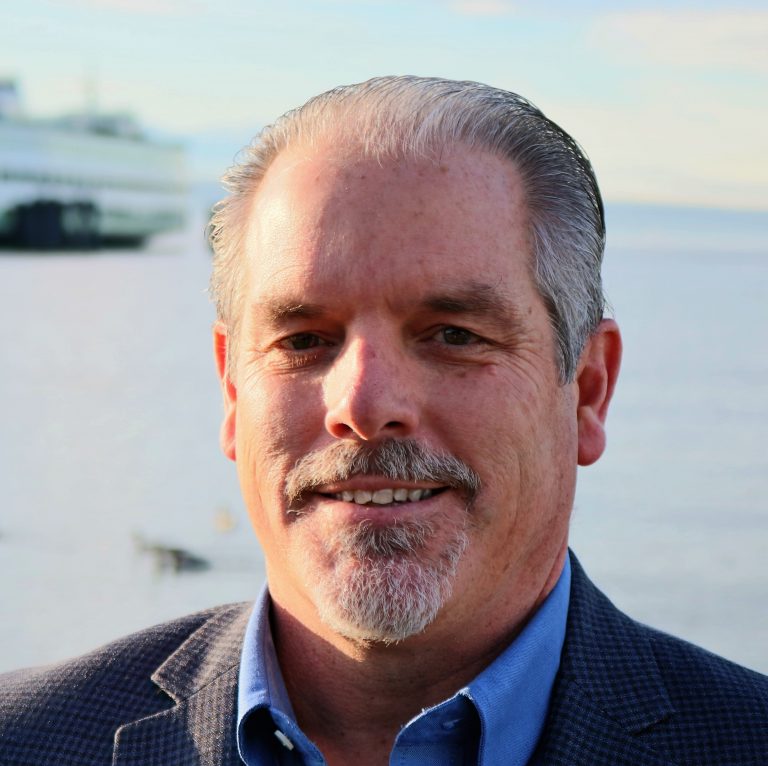




























BabyBoomer.org is an online membership community created by and for the Baby Boomer Generation. Boomers, and those who service and support them, are welcome to join our community accessing all general topics.
Notifications
